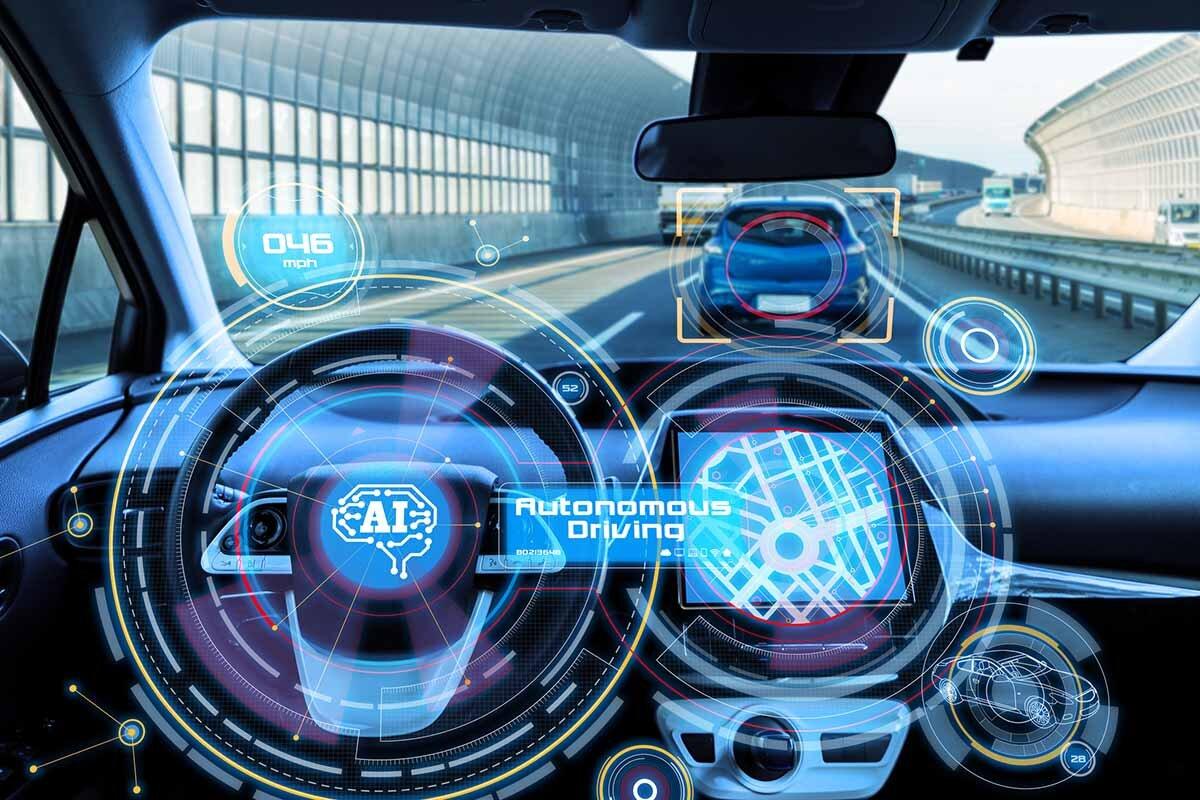The automotive industry has seen tremendous advancements in the past few decades and autonomous vehicles look set to revolutionize personal transportation. With cutting edge technology allowing vehicles to drive themselves, the driverless car promises convenience, safety and accessibility benefits that could transform how we move around. Let's take a closer look at this emerging technology and what it could mean for the future of transportation.
Defining Autonomy
To understand autonomous vehicles, we must first clarify what is meant by the term "autonomous". In simple terms, an autonomous vehicle is one that can drive itself without human input. There are varying levels of autonomy defined by how much of the driving task the vehicle can perform on its own. Fully autonomous vehicles are able to complete the entire trip without any human intervention, reacting to their environment and making appropriate decisions. Currently most autonomous cars on the road still require a human driver to take control in certain situations, making them semi-autonomous.
Technological Advancements Driving Adoption
Sophisticated sensors, powerful computing and advanced artificial intelligence are coming together to make autonomous driving possible. Cars are equipped with cameras, radar and lidar sensors to perceive the environment around the vehicle in real time. Advanced algorithms then process this sensor data to detect and identify other road users including cars, bikes and pedestrians. On-board computers use machine learning to understand complex traffic scenarios and determine the appropriate driving maneuvers. Constant software updates help improve recognition abilities and reaction times. Connected vehicle technologies that allow vehicles to communicate with infrastructure and each other are also being developed to enable cooperative driving. Steady progress is being made as companies race to achieve full autonomy through continued technical iterations and testing.
Benefits Beyond Convenience
Beyond the promise of convenience from not having to drive manually, Autonomous Vehicle offer significant safety, accessibility and environmental benefits. Some of the key potential advantages include:
- Reduced accidents: 90% of road accidents are caused due to human error which is removed from autonomous vehicles. Their ability to react faster than humans could help avoid crashes.
- Increased mobility for all: Self-driving vehicles could provide independence to the elderly and transportation access for those unable to drive such as the visually impaired.
- Decongestion: With vehicles able to drive closer together at higher speeds, traffic flows more efficiently reducing road congestion. Autonomous taxis and buses may also decrease individual car ownership over time.
Research and Development Hurdles
While great strides are being made, full autonomy still presents major research challenges that will take time to overcome completely. Some of the key hurdles that must still be solved include:
- Reliability in all conditions: Vehicles must be able to drive safely under varying weather, lighting conditions and unexpected scenarios never seen before in training data.
- Cybersecurity: Ensuring the software and control systems cannot be hacked and guaranteed to operate as intended is challenging but critical for safety.
- Regulation and standards: Governments are still working to establish consistent policies around testing, licensure and liability for alternative vehicle models.
- Huge computing needs: The computing power and sensor requirements needed for full autonomy at scale are massive and will require technological leaps.
- Social acceptance: Public trust and familiarity with self-driving cars must grow for widespread adoption beyond niche applications.
Implementation Hurdles and Gradual Rollout
Even once the technological challenges are cleared, autonomous vehicles will need to be phased into existing transportation networks carefully. Introducing self-driving cars while continuing to share roads with human-piloted vehicles requires overcoming logistical hurdles. Gradual deployments focused on restricted operational design domains like predefined delivery routes, dedicated lanes and geo-fenced parking lots allow organizations to scale up capabilities gradually. Expanding testing programs and offering autonomous taxi services in certain cities are other measured steps carmakers are taking to prepare consumers and pave the way for mainstream availability over the next decade. Government leadership in developing supportive infrastructure plans and regulations is also crucial for the long-term viability of autonomous mobility solutions.
Impact on Lifestyle, Transportation and Beyond
The widespread availability of autonomous vehicles could induce second-order effects transforming lifestyles and affecting other industries too. Mobility as a service models utilizing self-driving fleets could mean greater accessibility and reduced private car ownership over time. This transition would influence automotive manufacturing as well as related sectors like insurance, parking infrastructure and energy usage. Technology unlocking autonomy may also enable myriad new applications that haven't even been conceived yet. How we live, work and spend leisure time could evolve drastically if personal mobility becomes safer, lower cost, on-demand and even door-to-door. The full impact of autonomous vehicles will only be realized as the technology matures to accommodate mass adoption.
While still a developing concept, autonomous vehicles represent a key emerging technology promising to revolutionize personal transportation. Significant progress continues to be made through public-private partnerships advancing vehicle autonomy, connectivity and cybersecurity capabilities. Careful testing and phased rollouts addressing technical, logistical and social barriers will be vital to full realization of the driverless future's potential. If obstacles around reliability, regulations and public trust can be overcome, autonomous cars may transform mobility in the coming decades, providing widespread societal and economic benefits through accessibility, efficiency and enhanced safety on our roads. Exciting times lie ahead as the realization of self-driving vehicles moves ever closer.
For more details on the report, Read- https://www.marketwebjournal.com/autonomous-vehicles-growth-market-size-share-analysis/
Get more insights on this topic: https://masstamilan.tv/cannabis-beverages-the-emerging-trend-in-cannabis-industry/
